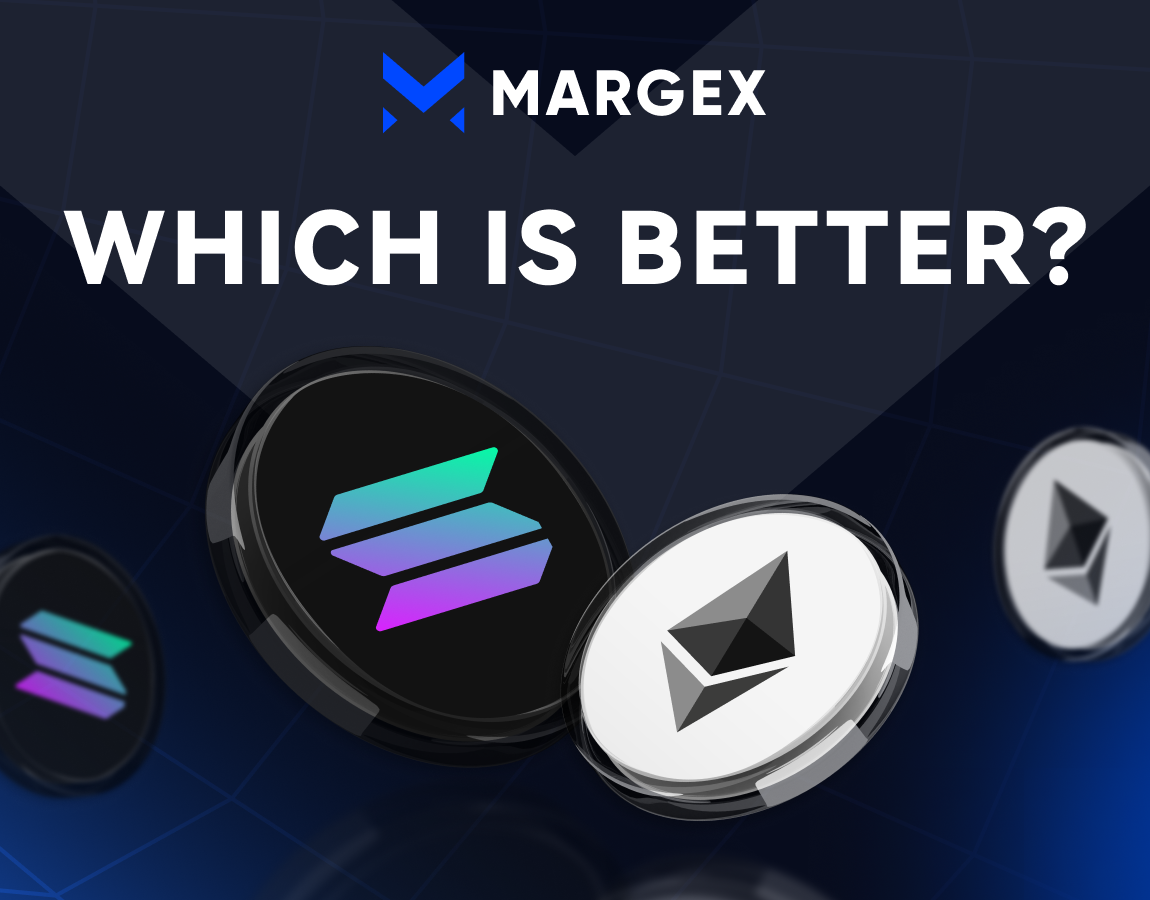
Solana (SOL) is a prominent player in the world of blockchain and crypto. It is a member of the top 10 cryptocurrencies’ list in terms of market capitalization. Many experts and SOL fans believe that by the end of 2024, this coin might soar to as high as $400 per coin. They expect this to happen largely thanks to the recent upgrades launched on Solana this year, as well as to its overall market performance throughout 2024.
Solana Creation Recap – “Ethereum Killer”
Solana is an open-source blockchain platform created to supply decentralized finance (DeFi) solutions to users. It took three years to create and officially launch (2017-2020) the Solana Foundation. This project initially originated from Solana Labs created by Anatoly Yakovenko and Greg Fitzgerald. Yakovenko worked for Qualcomm before that, so he brought many of his colleagues from there to help him create the new venture.
Solana is frequently positioned as an “Ethereum killer” since it runs on an innovative proof-of-history (PoH) consensus protocol combined with a proof-of-stake one (PoS) which has become more or less traditional now after proof-of-work (PoW) on which Bitcoin and other oldest blockchains operate.
Unlike Ethereum, Solana boasts an ability to process transactions much faster than cryptos running on PoW or PoS only. This feature has caught the attention of institutional investors to SOL.
Another big tech advantage over Ethereum is that Solana was designed to avoid future transfer cost hikes, remaining scalable and providing high transaction speed in any case. These qualities helped SOL gain a spot among the top seven cryptos by September 2021. At that time, that meteoric rise was caused by a 700% price increase – it was driven by strong developer activity and a high demand that the Solana ecosystem faced in the market. Non-fungible token collections built on it, like Degenerate Ape, also became highly popular among users. Back then, the SOL price peaked at $216.
Since then, multiple developers got interested in building on Solana; it has also attracted a large amount of institutional investors, as well as interest from the quickly developing DeFi and NFT sectors. Currently, SOL occupies the fifth spot on CoinMarketCap with a market capitalization of slightly over $83 billion. Its circulating supply comprises 470.1 million SOL and it is trading roughly at $176.
As 2024 started, the American Security and Exchange Commission (SEC) greenlighted spot Bitcoin ETFs, which was followed by the approval of similar products based on Ethereum. Many experts believe that in the nearest future, the regulator will allow trading spot Solana ETFs too. Should this happen, SOL’s market exposure could spike significantly and land it more investors, both retail and institutional ones. Some of Solana’s key developers are certain that the platform’s tech focus and its fast-expanding ecosystem presents high odds of it seeing higher growth in the future and recognition from the investor community.

Ethereum’s Key Issues
Over the past years, Ethereum has been facing several big challenges, mainly due to congestion, its scalability issues, and high transaction fees. The network congestion was the result of Ethereum’s growing popularity as the fast-growing number of users got attracted to it by its dapps – numerous transactions created limited space in blocks. Hence, transaction processing times slowed down significantly, resulting in much higher gas fees, especially at the times when the demand reached its peaks.
Initially, the lack of scalability stemmed from Ethereum’s proof-of-work mechanism on which it ran initially. However, in 2022, Ethereum started a series of upgrades that allowed it to shift to the proof-of-stake one and generally it started moving to Ethereum 2.0.
Solana’s 2024 Upgrades
In 2024, Solana witnessed major growth thanks to a series of upgrades and due to reaching big milestones. Those have reinforced its capabilities and appeal to blockchain users and crypto investors. One of those technical advancements was Runtime v2 – the upgrade that brought concurrent transaction processing. Thanks to this, the network’s efficiency saw an impressive rise and its ability to handle massive volumes of transactions simultaneously. After this upgrade, the network was able to optimize its performance, especially when the traffic level hit peaks.
Another important upgrade implemented on Solana this year was the support for the Move programming language. It allows developers to build secure and complex dapps. The integration of this language is likely to attract new developer teams and help to further increase the project variety on the network.
The combination of tech innovations and a strongly built and well-functioning ecosystem ensures Solana’s further evolution and the expansion of its influence and popularity in the realm of blockchain.



